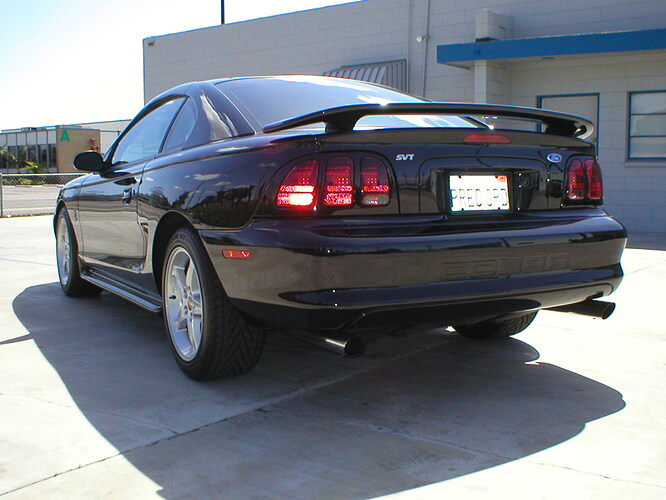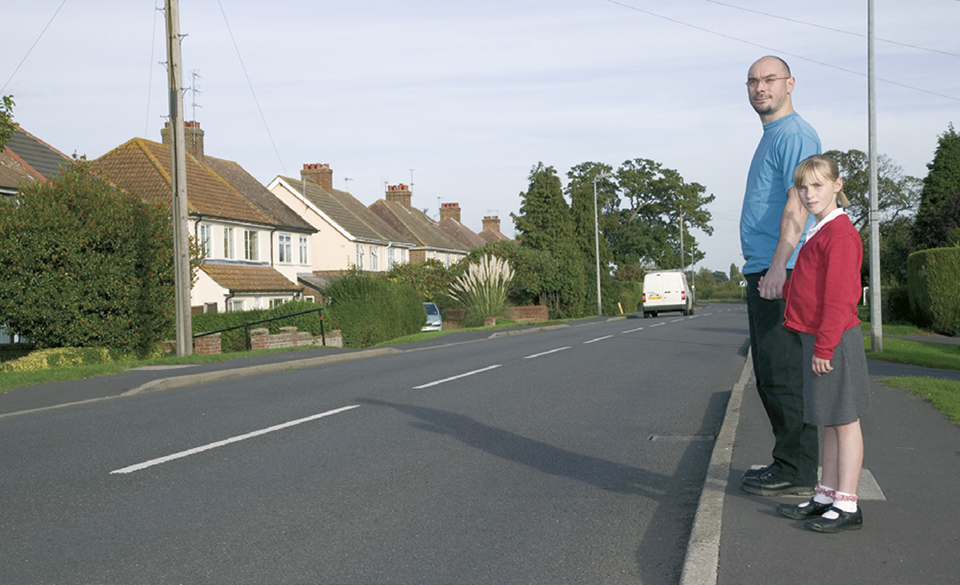There’s a big drive (pun intended) here in the UK for all businesses, small to large, to have charging points. My employers business is medium sized. Until I joined the business they hadn’t considered PV panels for the roof.
Having spent the last 8 years working in the renewables sector it seem daft we aren’t all embracing PV.
I reference this as more and more places around where I live, such as your fast food restaurants, coffee shops are all having charging points fitted. PV can power EVC’s
For cars the tech is there for the ranges Danny makes reference to.
I drive a van and whilst the majority of the Amazon delivery vans in our area are electric, their range is poor. I see quite a number parked up charging to be able to complete their rounds.
I can and regularly do 300 to 400 miles a day for work. The last small van I trialled had a claimed range of 150 miles. Flat roads I guess. My area of England isn’t flat and I managed a range of 105 miles and it was done. Thankfully I got back to my office from a client meeting. My client didn’t have means to charge it whilst there.
If Toyotas hydrogen engine is a true starter, safe and reliable then that’s the drop in engine of choice I guess for those who need longer range, bigger vehicles.
Electric cars with batteries sadly cost lots to produce the batteries but also the disposal is tricky, expensive and not global friendly.
Time will tell for the true future of battery powered cars. The current tech in the Tesla’s is the standard to aim for and maybe they should be ‘sharing to be global caring’.
Near me, 2 gas stations have closed for full refurbishment. This isn’t just to cater for EVC’s, but to change the shop into a small grocery store where you’d be able to do almost a weekly food shop. This suggests they know they need to change as there will be a loss in revenue coming, although not soon enough.
Fuel costs have dropped quite a bit in the UK, our roads are as busy as ever. Some of the clients premises I visit are BMW/Mini car dealerships. They have not really seen a slow down in car sales, more so the larger engine vehicles.
Having 3 young children I worry what the world is going to be like for them and their children etc.
Back to the music threads now. 


